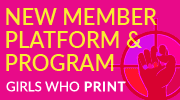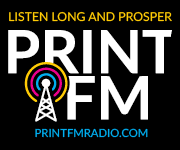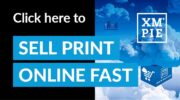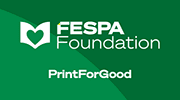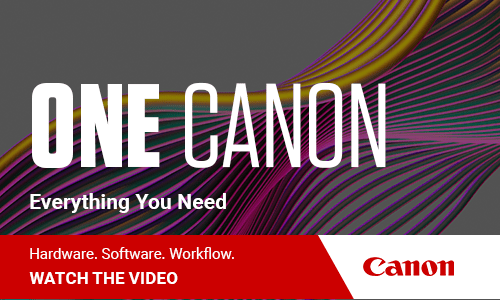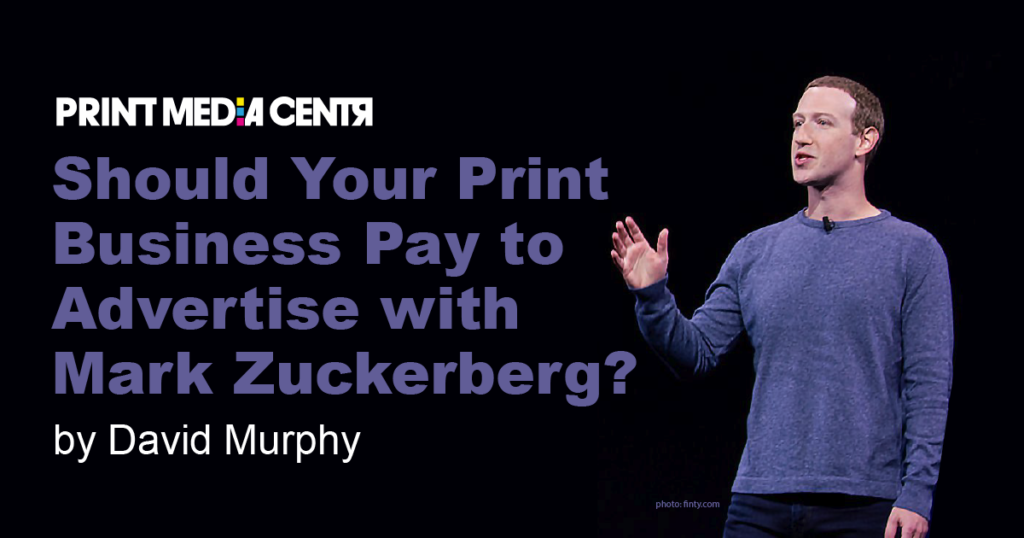
Part 1 of a 2-part series
Paid digital advertising is one of the most effective and cost-efficient ways for a print business to reach large targeted audiences of print buyers in a short period of time. Yet for a lot of owners of smaller print businesses, paying to advertise on Google, Facebook, or LinkedIn just does not feel right. That’s understandable for a number of reasons, but we can’t ignore the fact that internet (and social media) usage is rising in 2022.
- In 2022, the average person spends six hours and 58 minutes on the internet each day.
- Two hours and 27 minutes of that time is spent on social media, which is two more minutes per day than in 2021.
- The number of social media users has increased by more than 10 percent in 2021.
- The number of Instagram users increased by 21 percent in 2021.
- More than half of US adults now use TikTok every month.
- Advertisers increased spending on social media platforms by 17 percent in 2021.
Digital advertising is increasingly targetable, testable, and measurable. So to reach potential print buyers, it’s hard to ignore paid digital media as a strategic share of your marketing budget.
Understanding pay-per-click (PPC) advertising
Paid ads are displayed in web browsers and on most websites next to relevant content. As an advertiser, you bid for the opportunity to show your ads to the people you want to reach. You only pay when someone clicks on your ad.
The advantages of PPC advertising include:
- It’s easy to budget. You can control your spending by setting a budget and a time schedule. Say you set a $500 ad budget and the cost per click for your plan is $5. After 100 clicks on your ad, your campaign ends unless you renew it. On the next campaign you buy, your budget may be higher or lower, and run for as many days as you wish.
- It’s fast. You can start your campaign tomorrow and potentially get clicks on your ads almost immediately. Some of those clicks may convert to leads or orders right away.
- It’s easily testable and adjustable. With what’s called an A/B test, you can run two ads simultaneously and see which one performs better. You can adjust your target audience parameters, time of day schedule, or the details of your ad (image, language, offer, etc).
- It’s easily measurable. You can see which ads resulted in clicks and conversions to orders. Each day in real-time, or at the end of your campaign, you can see whether and how your ad performed against your campaign objectives.
- It’s easy to define and target your audience by their demographics, interests, and behaviors.
The disadvantages of PPC advertising include:
- Cost. It’s not cheap to get the advantages noted above. If you wanted to have your ad displayed on a Google search page for the query “how do I get my book printed,” the current cost per click is $12.58. For the query “where can i get my book printed and bound,” the cost is only $4.01 per click. “Printer near me” costs just $2.48. Of course, not every person who clicks on your ad will buy from you, so there is some funnel math needed to determine your Return On Ad Spend (ROAS).
- Lack of durability. PPC is like a faucet: it’s either on or off. When your campaign ends, the benefits of your ad message are gone. This disadvantage contrasts with SEO, in which your web page may remain on the Search Engine Results Page (SERPs) forever.
A solid digital marketing expert will help you plan and execute your campaign for optimum results.
In Part 2 of this series, we will take a look at the types of paid advertising you can buy and how the pros and cons of each compare. Until then, to the question of whether your print business should pay to advertise on these digital platforms, the generic answer right now is, unfortunately “it depends.”
##
Read David’s post from last month: https://printmediacentr.com/combine-the-powers-of-digital-printing-with-digital-marketing
Read all of David’s posts here.
 David Murphy is the founder and CEO of Nvent Marketing, a marketing agency specializing in digital marketing for the print industry. David has 30+ years of experience in the graphics and document print production industry. He has served as a board member and advisor to print organizations and associations including Sustainable Green Printing Partnership (SGP), Print Industries of America (PIA), Association for Print Technologies (APTECH), and Electronic Document Scholarship Foundation (EDSF). David was also awarded the Idealliance Soderstrom Society Award for Print Industry Leadership. David can be reached at [email protected].
David Murphy is the founder and CEO of Nvent Marketing, a marketing agency specializing in digital marketing for the print industry. David has 30+ years of experience in the graphics and document print production industry. He has served as a board member and advisor to print organizations and associations including Sustainable Green Printing Partnership (SGP), Print Industries of America (PIA), Association for Print Technologies (APTECH), and Electronic Document Scholarship Foundation (EDSF). David was also awarded the Idealliance Soderstrom Society Award for Print Industry Leadership. David can be reached at [email protected].

